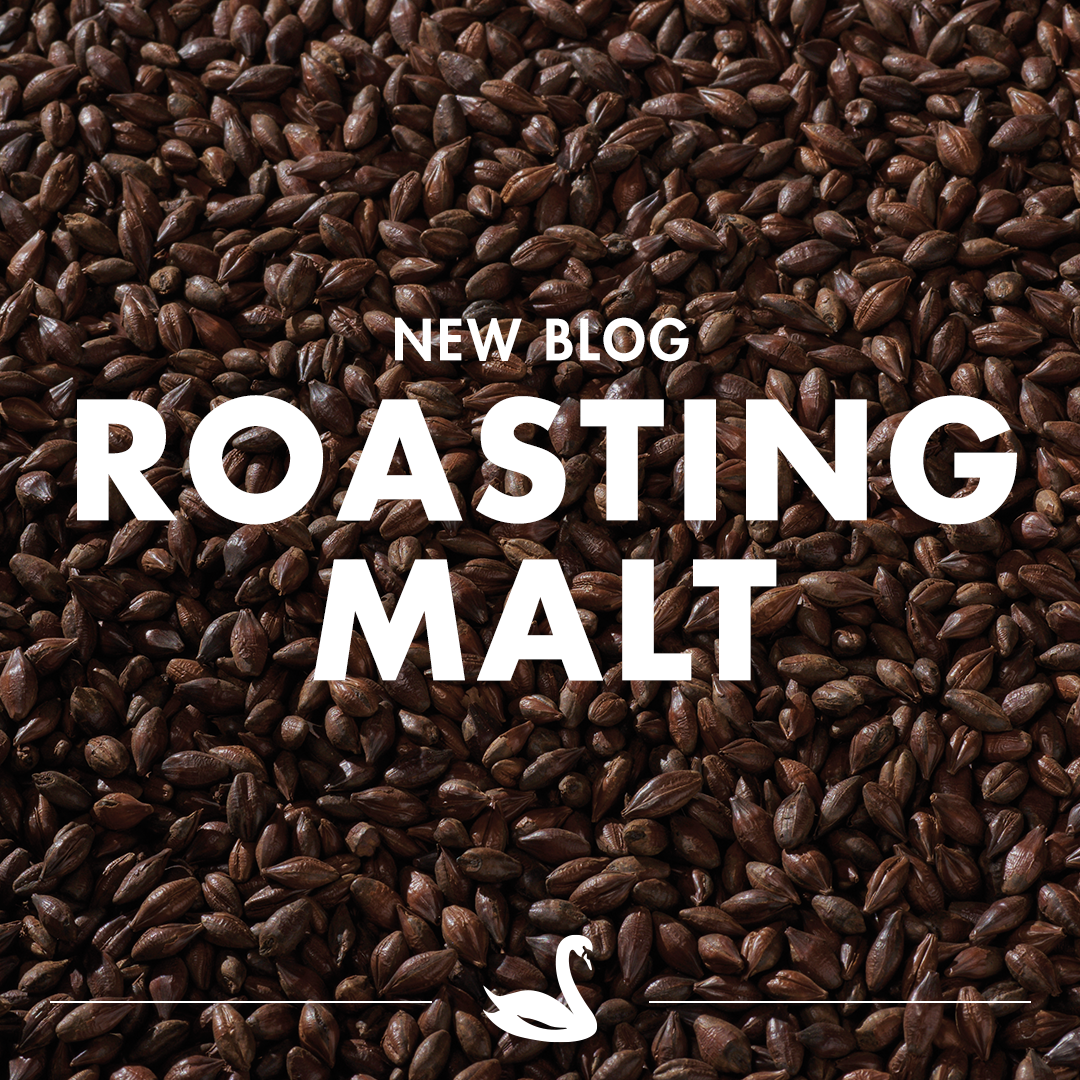Roasted Malt

It is not clear when roasting in rotating drums became popular with special maltsters. It is nowadays the most used and safest machinery to make roasted and caramelised malts and cereals.
There was a time roasting was done in partially open spheres and direct fired. Consistent malt quality was very difficult to be obtained and danger of fire was prominently present all the time. The use of special roasted malts was limited. The success in the 20the century of specialty beers (trappists and coloured higher density beers and of course the revival of the craft beers, boosted the use of special malts
We can define two mean purposes for the use of drum roaster equipment in the maltings:
1. The perfect caramelisation tool.
Caramel malts are made from germinated cereals. Instead of bringing the green malt to a kiln to dry for making regular malt, the green malt is brought into a rotating drum roaster. The drum can be closed air tide and when temperature raises between 65 and 75°C the brewing enzymes: α and β amylases are on their maximum power and will degrade the sugar polymers from the endosperm, amylose and amylopectin into maltose.
Because the drum is a dynamic system constructed in a way optimal even temperature is reached on every spot in the drum, the saccharification process is fully and fast obtained within 30 minutes. This cannot be achieved with a tradition static kiln (green malt is not moving). The inside of the kernels during saccharification become almost liquid and drying is starting. Once most of the moisture is gone (45%→10%) temperature is raising and the sugars start to degrade into complex molecules which are given a brown colour and taste like toffees and caramel. A minimum of 110°C is needed to allow that process and roasting starts from here.
Combination of Maillard reactions and sugar degradation influence further at higher temperatures (max 165°C) the creation of all different caramel malts: from 20 EBC hell to 400 EBC aroma. The production of caramel via malt is without treatment of ammonia and or acids and is therefore a wanted product in baking and brewing.
2. The perfect roasting tool.
Crude cereals or finished malts are used to heat up and being roasted at higher temperatures (max 235°C). As the cereals and the malts do not contain sugars but only starch, there is less danger for burning the endosperm. The coloration is the result of only Maillard reactions. The higher the roasting temperature the higher the coloration.
Taste will evolve from biscuit up to chocolate and astringent burnt. For brewing purposes only the low colours (max 100 EBC biscuit malts) and the higher black malts (coffee, chocolate and black 700-1500EBC) are used. In the window 200-500 EBC are the malts which are used for colouring flour of wheat used for different types of bread.